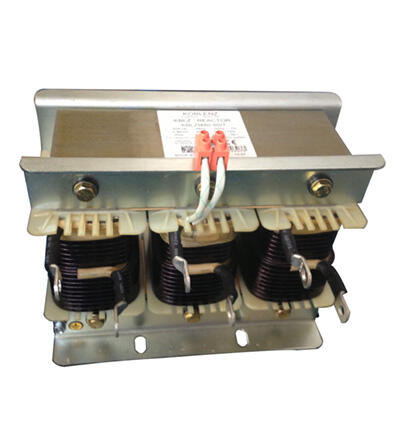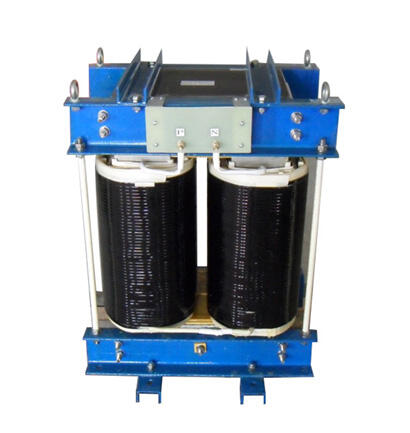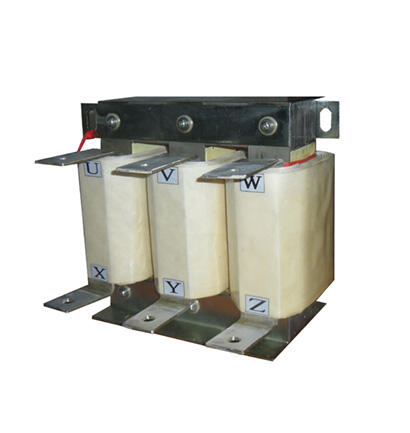enerji sistemininə istifadə olunan transformator
Enerji sistemlərində reaktor, elektrik cərəyanının akışını idarə etmək və kontrol etmək üçün dizayn edilmiş çox vacib bir elementdir. Bu mürəkkəb cihaz, əsasən elektrik enerjisinin keyfiyyətini yaxşılaşdırmaq və sistem stabilliyini artırmaq üzrə bir neçə vacib funksiyaya malikdir. Reaktor, dairəyə idarə edilən induksiyasi daxil edərək qabliyyət cərəyanlarını limitləyir və voltaj dalğalarını idarə edir. Mühərrikləşmiş mödern reaktorlar, təyinatlı impeksans kontrolü və minimum güclü zəifliklər ilə imkan verən advanced çekirdek materialları və mürəkkəb sarg technologies daxil edir. Bu cihazlar, transmissiya xətləri, transfornator stansiyaları və elektrik-dağıtmə sistemləri kimi güc şəbəkəsinin müxtəlif nöqtələrinə strateqik olaraq quraşdırılır. Enerji sistemləri üçün istifadə olunan reaktor texnologiyası böyük dərəcədə inkişaf etmişdir, indi isə güclü soğutma sistemləri, üstünlüklü izolyasiya materialları və mürəkkəb izləmə imkanları ilə xarakterizə olunur. Bu reaktorlar, switchinq operasiyaları və xəta hallarında sistem stabilliyini saxlamaq üçün yüks ocaqlı tətbiqlərdə xüsusi dərəcədə qiymətlidirlər. Onlar həm də harmonik filtrasiya və güc faktoru düzəlişində əhəmiyyətli rol oynayır, sənaye və yerli sörförələr üçün optimal güc keyfiyyəti təmin edir. Bu reaktorların dizaynı, maksimal effektivlik və əməliyyatlıiabilityni əmin etmək üçün voltaj tələbləri, cərəyan rətingləri, çevrilmə şərtləri və quraşdırılma spesifikasiyası kimi faktorları nəzərə alır.


